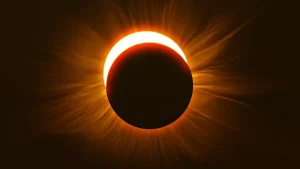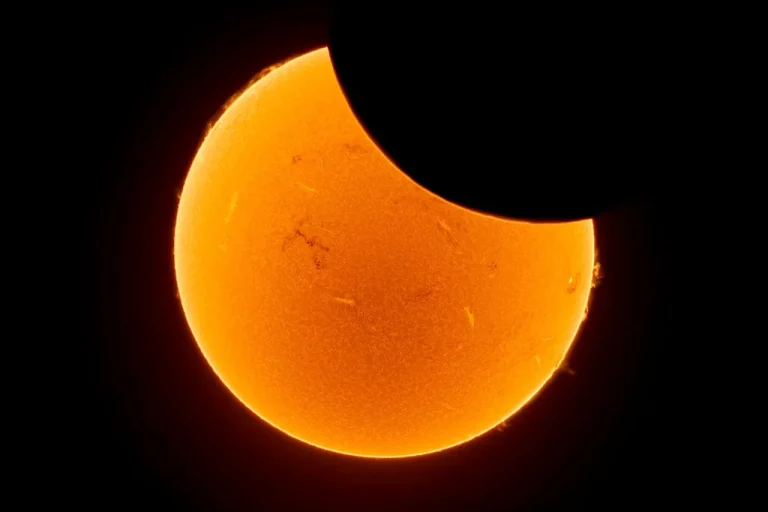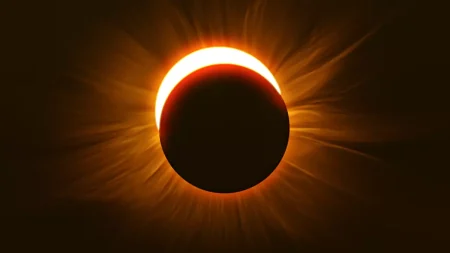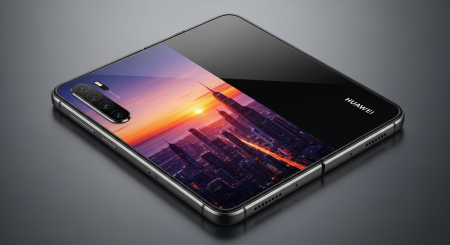The country will not be able to observe a partial solar eclipse that will take place between September 21 and 22, 2025, overnight. NASA has validated the heavenly phenomenon and can be seen in the areas such as Australia, Antarctica and in the Pacific and Atlantic Oceans. The United States will also not have the spectacle with only some parts of the Southern Hemisphere having a first-row perspective.
The eclipse in Pakistan Standard Time has been published by the Climate Data Processing Centre of the Pakistan Meteorological Department (PMD). The PMD indicates that the eclipse will start at 10:30pm on September 21, reach its maximum at 12:42am, and finish at 2:54am on the 22nd of September. With such timings, the event will not be seen anywhere in the country.
According to NASA, a partial solar eclipse occurs when the Moon passes in between the Earth and the Sun but does not align. It is due to this lack of perfect alignment that only a fraction of the Sun is covered to produce the effect of a bright, shining crescent in the sky. A total eclipse is one where the Sun is hidden in the middle of the Moon but a partial eclipse only provides a glimpse of this interesting encounter.
It is not the only astronomical phenomenon that takes place in September. In the beginning of this month, a total lunar eclipse was witnessed on September 7-8 and was seen in a number of places. The next solar eclipse is going to take place soon and then the September equinox will occur on the 22 nd of September and at this time the day and night are nearly equal in duration all around the earth.
Going ahead, NASA has indicated some of the eclipses that can be expected by sky watchers. A total solar eclipse will be visible in Greenland, Iceland, Spain, Russia, and Portugal on August 12, 2026 and a partial eclipse will run across North America, Europe, Africa, and across a number of oceans. An annular solar eclipse commonly referred to as a ring of fire eclipse will be observed in some parts of Antarctica on February 17, 2026, and it will also be partially visible in parts of Africa, South America, as well as the ocean regions.
NASA has also made a reminder that during any eclipse, the main consideration should be safety. The agency cautions that one should not directly stare at the Sun without adequate protection because it may cause permanent but immediate blindness. The safe viewing would require special eclipse glasses or certified solar filters. It is very dangerously dangerous to look through ordinary sunglasses, telescope, camera lens, or binoculars without having the appropriate filters.
To put it simply, the partial solar eclipse of September 2122 will be an eye-catching event to certain sections of the world, and the people in Pakistan will sadly have to wait before another eclipse occurs before they can have a glimpse of this wonder.







